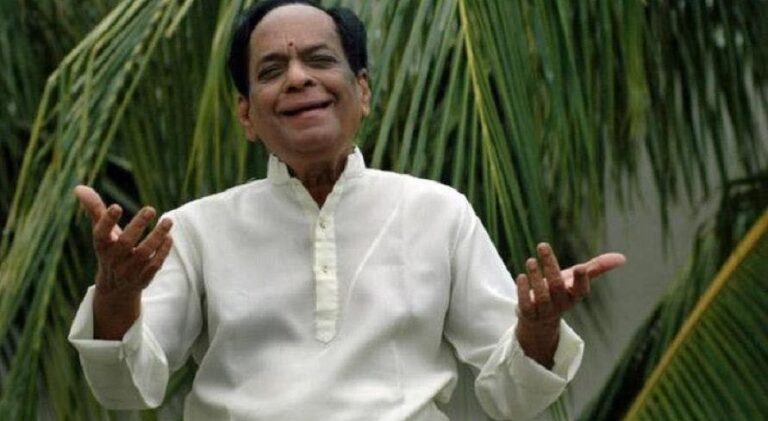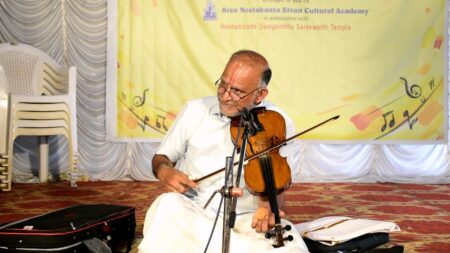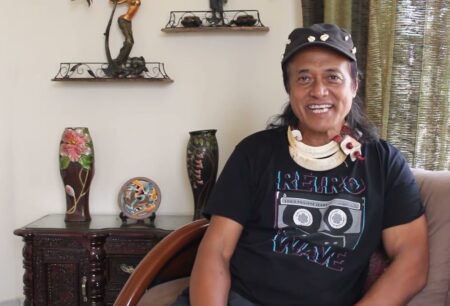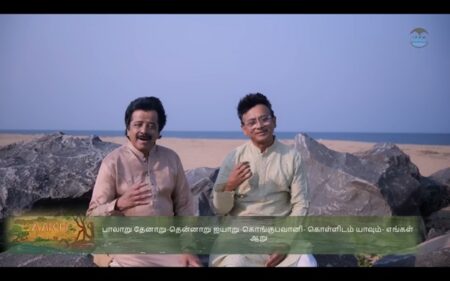Even while sticking to tradition, M. Balamuralikrishna’s virtuosity in improvisations was unconventional.
To an ordinary listener, the name of Dr Mangalampalli Balamuralikrishna is associated with his songs played at Tirupati temple, or with the national integration song ‘Mile Sur Mera Tumhara’. For a Hindustani Classical follower, he is the Carnatic musician who did jugalbandis with Hindustani legends and many times outsmarted many of them. In the Carnatic field, he occupies a unique place as a path-breaker both as a vocalist and a vaggeyakara. But for me, his biggest contribution is that he could attract Carnatic music even those Hindustani listeners who would not even give a try to Carnatic music.
Originality
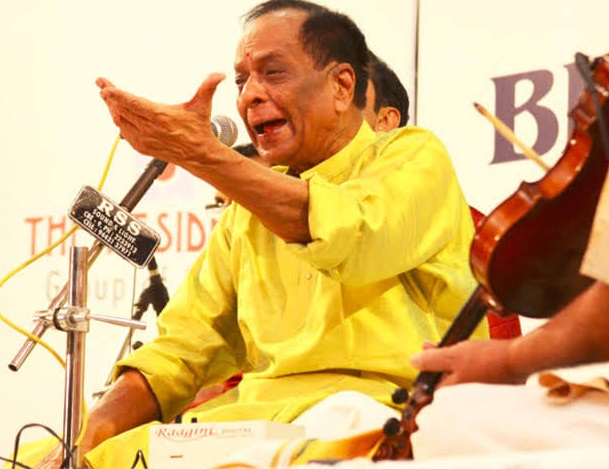
The secret of Balamuralikrishna’s musical genius was his originality. After listening to the Hindustani legends Nazakat and Salamat Ali khan, he developed his much talked about three-and-a-half octave range, in which he had perfect control on voice throw. It was a convention in Carnatic music to rely heavily on syllables while singing raga alapana. He focused more on akara, carrying forward the tradition set by G N Balasubramanyam. His alapana would consist of extreme slow phrases with a lot of nyasa, to ultra fast bhrigas, in all three octaves, which would leave the audience spellbound. His quest for innovation led him to try out different things in highly popular ragas.
For example, in raga Charukeshi, he would develop more on Ni, which is not conventional. He believed that the positions of gamakas are different for every raga. Continuing the above Charukeshi example, he once said, “Charukeshi should not be sung as if it is a combination of Shankarabharanam and Todi. This means that Charukeshi has its set of gamakas, which should be different from the above two ragas.”
His way of rendering swaras was also unique, with many unexplored patterns. In his own words, “You should think of a raga as a person, then only you can invoke the raga in its various facets.” Balamuralikrishna popularised lesser-known ragas like Sunadavinodini. Another among Balamuralikrishna’s popular renditions is the Thyagaraja Krithi ‘Nagumomu ganaleni’ in Abheri. He changed its style of rendition to bring out the correct meaning of the song.
New ragas
It is believed that a minimum of five notes is essential for the formation of a raga. However, he created ragas with three and four notes. His first such creation was raga Mahati, which contained the four notes Sa, Ga, Pa, and Ni.
The story of this creation has been mentioned in his own words as follows. “Once, a song came to my mind. I sang it before some people, and they liked it. While analysing the song I realized that it had only four notes. I named this raga Mahati, which is the name of the veena used by Narada. Our music started with only four notes, so there is no reason why a raga cannot be made using four notes.” Many such ragas like Lavangi, Sindhi, Sumukhi, with four notes and Trishakti, earlier named as Sarvashri, Ganapati, with three notes, were also created.
New tala system
Balamuralikrishna developed a tala system known as Mukhi Talas. In this, the gati bhedam is done only on the sashabda kriyas (the kriyas which are heard) and the nishabda kriyas remain in chaturashra gati only. For example, if the tala is Panchamukhi adi, the first fifth and the seventh bit of the tala would have five units while others would have only two. He composed some pallavis in these talas as well. For instance, ‘sangIta laya jnAnamu sakala saubhAgyamu’ in Kalyani raga and Panchamukhi adi talam.
Ragam Taanam Pallavi
The pallavis Balamuralikrishna created had a very wide range of ideas. Some pallavis like Mohan madhumurali ravali haayi, set to adi tala, are extremely simple, while others like Vanaruha lochana bhogi shayana, or sunada vinodini chamundeshwari tripura bhairavi were set using the combination of two to three ragas. He was probably the first artist who rendered the RTP combining two and three ragas. Once, he rendered an RTP in Nagaswaravali, and Hamsadhwani, in which Hamsadhwani was elaborated using the madhyam of Nagaswaravali.
He would sing pallavi in complex talas like tishra jhampa sankeerna nadai using a combination of two ragas like Sunada vinodini and Bhairavi Etc. He sang a pallavi in Revati, in which the concept of Gopucha yati was used.
Distinctive composer
Normally the theme of any varnams is the nayika missing her lover, who happens to be Lord Venkatesha or Lord Subramanyam etc. However, Balamuralikrishna’s varnams are all devotional. His famous varnam in Gambheera Nattai has pallavi and anupallavi of one avartana each, instead of the traditional two.
In his Nattai varnam, the charanam begins on the fourth unit of the fourth beat, while chitta swaras begin from the samam. Another speciality of these chitta swaras is that there are seven of them and all begin from all the seven notes of the raga including Shatshruti Dhaivatam, which is not often used. All chitta swaras except the last one are in three beats and three units.
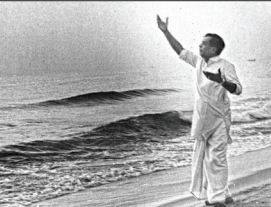
Balamuralikrishna composed kritis with the mudra Murali, exploring various ideas. He composed a krithi in Arabhi dedicated to gods Ganapati, Hanuman and Krishna. A song Hanuma Hanuma, in Sarasangi has each ma of the kriti falling on the madhyama note.
Kritis like Sada tava pada in Shanmukhapriya, have very unconventional chittaswara patterns. One of his kritis in raga Revati is composed in all the five nadais of adi tala. Krithis like Gayati Vanamali of Sadasiva Brahmendra in Hamsadhwani are sung in madhyama shruti. He is among the very few vaggeyakaras who composed krithis in all the 72 melakarta ragas.
Balamuralikrishna introduced a new form of raga rendition called Kriti Thaanam Kriti (KTK), which combined techniques of raga development from Hindustani and Carnatic music. To illustrate this concept, I can cite his performance of a self-composed kriti in Kalyani — Sangeeta Me Mana Sukha Dayi. After singing the pallavi and anupallavi, he sang a line from the charanam, and started improvising by singing raga alapana.
After every such alapana, this same line would be repeated. This style of development is followed in Hindustani music, where an artist elaborates raga, with the help of one or two compositions, set to various talas. In the Carnatic system, however raga alapana is sung without tala, while niraval and swaras are sung with tala. After singing alapana, he sang thaanam, followed by the next line of the charanam. Later, the charanam was completed, swaras were sung regularly.
Tillanas
He composed tillanas in ragas like Amrutavarshini, Mohanam, Kanada and Hindolam. Another experimental creation was his ‘Priya’ ragamalika, Panchabheda tillana, which uses five ragas having Priya in their name viz. Guru priya, Rasika priya, Gayaka priya, Sunada priya and Kharaharapriya, and five nadais of adi talam. In a tillana set to raga Kalyani he has demonstrated the concept of graha bhedam.
He composed tillanas in Hindustani ragas like Ahirbhairav. He set to tune tillanas of some other composers like the one in Bhupalam by Maharaja Swati Thirunal. He added sahityam for this as well, adding the mudras of both Maharaja Swati Tirunal and himself — Padmanabha and Murali respectively. His tillanas in Kuntalavarali, Kathanakuthuhalam and Behag are noted for their special jati patterns.
Balamuralikrishna imbibed good qualities from various forms of music. He says, “When you sing in films, you learn to sing according to the situation, and with a clear diction.” Before singing even a classical kriti, he would check the meaning of every word in it; so that he could do full justice to it. He says, “A musician should be very careful while pronouncing the words of the song and keep its meaning intact. Even while singing any sangati, one should think whether the sangati is suitable to the lyrics and the mood of the music.” He says, “Music that pleases the ear is Carnatic music, as the word Carnatic means the one which pleases the ears. Karneshu Atate Iti Karnataha.”.

